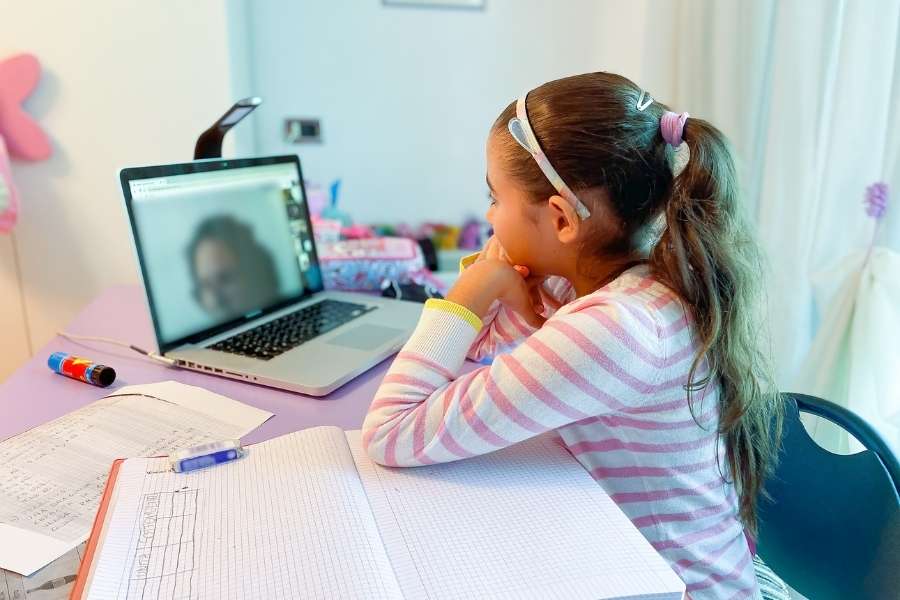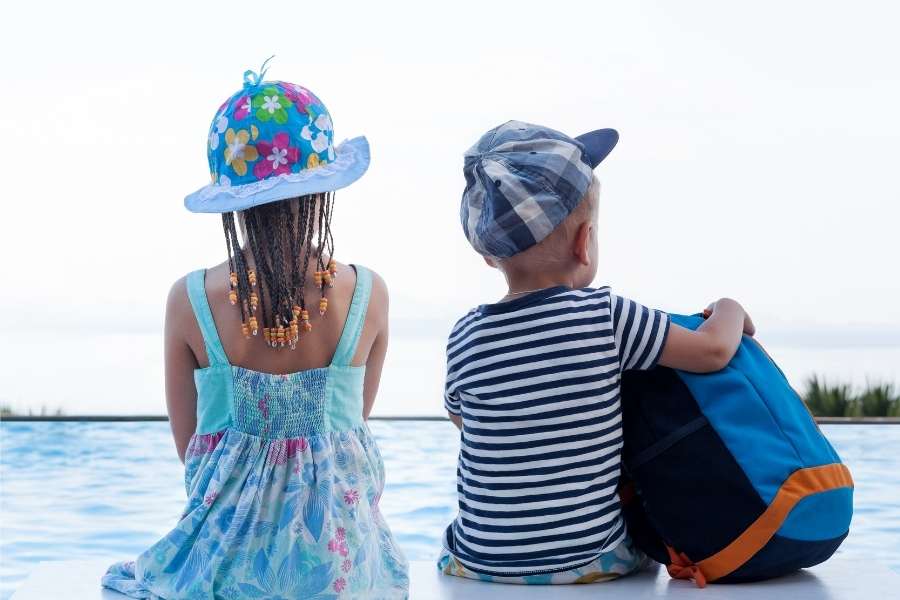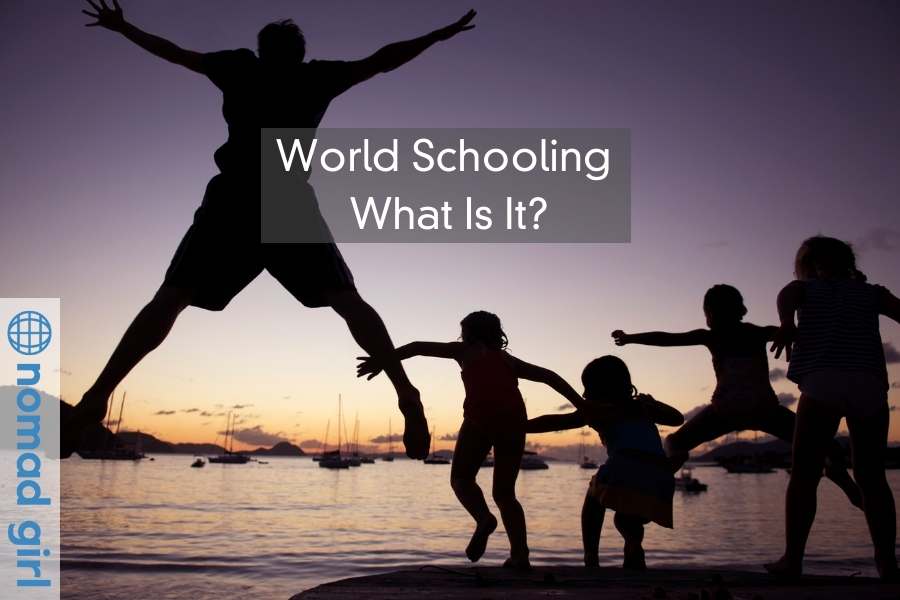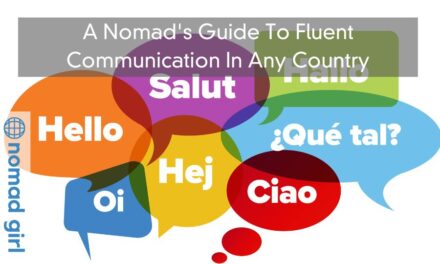World schooling isn’t just another jargon word tossed around by professionals in the education field. Instead, it’s something that is being done more and more by average families.
World schooling is basically exactly how it sounds: using the world as your school. This means different things for different people, and there are several routes families take to raise their kids as world schoolers.
“Pure” World Schooling
World schooling in its purest form means using the place you are currently in to be your guide for what you learn. Essentially this tends to mean that there is a big focus on culture and language, plus the history of a given place. You have to travel on a long-term basis to be world schooled.
However, there are many families who either prefer some sort of structure and formal learning taking place, or cannot travel to multiple places for long periods of time. They can still find a way to make it work.
Mixing and Matching
Luckily, there is no absolute set way or manual for how to correctly world school. Even if there was, everyone is entitled to do what they feel is best for their situation. This means you can mix and match different philosophies about learning.
Some important terms you may hear associated with world schooling are unschooling and homeschooling, among other forms of nontraditional education that arise as trends. Some people get quite defensive when discussing which one a family claims to be doing, but ultimately you have to do what you feel is best. If this means not strictly conforming to anyone “school”, then so be it!
Unschooling
Unschooling is entirely child-led. There is no curriculum. Students learn what they want when they want. The reasoning and support behind this way of educating is that children are very free to pursue their interests, can learn at their own speed, and everything they do is tailored completely to them. They are not “forced” into any system.

Homeschooling
Homeschooling has been around for quite a while and you are probably already familiar with the gist of it. Children follow a set curriculum just like they normally would in a brick and mortar school. In most cases, they must check in with an overseeing body to make sure they are on track with national standards.
Since travel is the only real requirement of world schooling, you can essentially combine any or all of these. There are even families who have kids in traditional schools and use all holidays to travel. They consider themselves to be world schooling too. As long as you learn something from a journey, no matter how long or short, you are on the right track to starting this intriguing way of educating.
Benefits of World Schooling
There are many benefits to world schooling and parents that do it find their children thriving.
Real-life learning
Instead of learning about places from a textbook, students see it all in person. Instead of being a one-dimensional reading lesson about China, kids get to hear the language in its natural setting, smell and taste authentic food and learn about thousands of years of culture.
Seeing the world
There’s really no downfall to getting the younger generation to have a global and open mindset than by globetrotting! Travels full of rich experiences will speak for themselves.
For example, having context when learning a language is an important aspect of it actually sticking. When teachers understand what is comprehensible input for their students, they can use the language that is understandable. This makes a big difference in how well a student understands and learns.
Instilling confidence
Young adults who go through world schooling tend to have more confidence in themselves because they have been in many different situations. Many students like to take a gap year to travel and “find themselves”, but world schoolers have already gone through this process and have a strong sense of identity.
More than academics
As you can probably gather by now, world schooling offers a different and more holistic approach to learning. It really takes hold of the idea that subject-based learning perhaps isn’t all it’s cracked up to be.
Disadvantages of World Schooling
Just like with everything, there are a few pitfalls and challenging aspects of world schooling.
Lack of community
With constant travel, it can be hard to establish a strong community of peers. While there are more and more solutions being offered for this problem, especially if combined with homeschooling, some kids may find it difficult—namely pre-teens and teens.
Lack of “substance”
When not combined with anything else, world schooled kids are said not to have the academic skills that other children of the same age possess. “Using the world as a guide” doesn’t give enough structure according to naysayers. Structure and specific skill sets in different subjects have been proven to help students succeed later in life.
Examples of World Schooling
Despite some of the negativity it receives, with proper planning and creativity, world schooling can truly be an enriching educational system for a month, a year, or throughout the duration of a child’s school-aged life. Have a look at these great ideas to give you an example of what world schooling is really like.
- Talk about flora and fauna in the jungles of Costa Rica
- Design a math lesson to take place at a local market
- Visit a history museum
- Research contemporary art at the Louvre
- Study volcanic rocks and life forms while hiking a volcano
- Write an essay about how a particular park can be improved
- Learn to surf in Mexico
- Learn about the agricultural industry of a rural town
- Analyze how buildings are made in a different place
- Record temperatures on a graph
- Visit religious sites
The above is just a small taste. Fascinating, isn’t it? Through world schooling, parents can help guide their children to become active learners by constantly asking questions and observing what is around them, much like they would ideally do if settled in one place anyway.
If world schooling is starting to seem a little daunting to try, think about starting slow. Visit both educational and leisure sites and let the universe do its work. As time moves along you can actively plan specific learning goals if you wish.
There are truly a million options and opportunities for learning because there are a million places in the world! In world schooling, you can really uncover all that a country has to offer by travelling to places besides the main highlights and sightseeing spots. True world schoolers openly welcome going “off the beaten path” to take their learning to the next level.
Is It For Your Family?
Now that you have an excellent idea of what world schooling is and what all it can offer, you have to decide if you want to take the leap. Only you and your partner can answer the question if world schooling is right for your family on a long-term basis. Doing it for a short period as a test run will give you a good idea if world schooling is something that will work.
The best way to get started is to jump right in. You could be planning the perfect worlds schooling “curriculum” forever, but in reality, this form of learning is all about living in your surroundings and in the moment. Get out there and start exploring!



















